Touroude & Associates had looked back at the American legal battle, between the Universities of Vienna and Berkeley on the one hand and the Broad Institute and Harvard on the other in a March 12, 2017 article. Today, 7 years on, new twists and turns are appearing around the CRISPR patents.
Since theUSPTO 's first decision in favor of no interference between the titles held by the Broad Institute and those held by the University of California, the US Court of Appeals for the Federal Circuit issued a decision on September 10, 2018 upholding this first decision and the argument that the use of this technology in eukaryotic cells was not sufficiently disclosed in the University of California's application to be considered as anticipating or suggesting the invention covered by the Broad Institute's patent . The Court of Appeal also added that Professor J. Doudna, inventor of the University of California patent , had repeatedly admitted his doubts as to the transposition of this technology to eukaryotic organisms. The University of California was therefore unable to obtain invalidation of the Broad Institute patents in the United States.
On the other side of the Atlantic, the University of California was granted a Europeanpatent (EP2800811 - Register) claiming, among other things, a process for modifying target DNA in any cell type on May 10, 2017. In view of its importance, this patent has obviously come under attack from numerous opponents, and is still in opposition proceedings at present. A public oral hearing will be held over 3 days from February 05 to 07, 2020.
The Broad Institute has already been granted several European patents, most of which, as in the USA, relate to applications of CRISPR CAS9 in eukaryotic cells. As in the case of the University of California, most of these patents have been opposed by competitors. Among these, the major patent EP2771468(Register) was revoked in opposition in January 2018 for reasons that are far removed from the scientific issues behind these innovative technologies, and which remind us of the importance of the legal aspect in patent protection, and in this case of the right of priority. It was in fact a defect in the designation of inventors and the assignment of their rights to applicants between the priority application and the filing of this patent that rendered the priority claim invalid, and thus saw several documents become enforceable and compromise the novelty of this patent. The Broad Institute has since appealed this decision, attacking the EPO's own approach to priority, which differs from that of the USPTO. This appeal is still pending today and is of great importance to the Broad Institute, as several applications in the pipeline have the same priority. An oral hearing will take place on January 13, 2020.
These two patents are just the tip of the iceberg when it comes to patent applications for this technology, which are almost systematically opposed by numerous parties, with the number of documents cited in these oppositions often exceeding 300. The outcome of these various procedures, and in particular the oral proceedings, will give us a clearer picture of the situation in Europe. In the United States, the University of California seems to have taken the lead, at least in terms of patents granted, with no fewer than 18 patents issued, making its portfolio the leading in this territory in terms of the number of patents on this technology.
So it's still too early, 7 years after the first patent application for this technology was filed in the USA, to have an overview of the major patents for this technology. It's not out of the question that other patent-related cases could arise in Europe or other jurisdictions.
